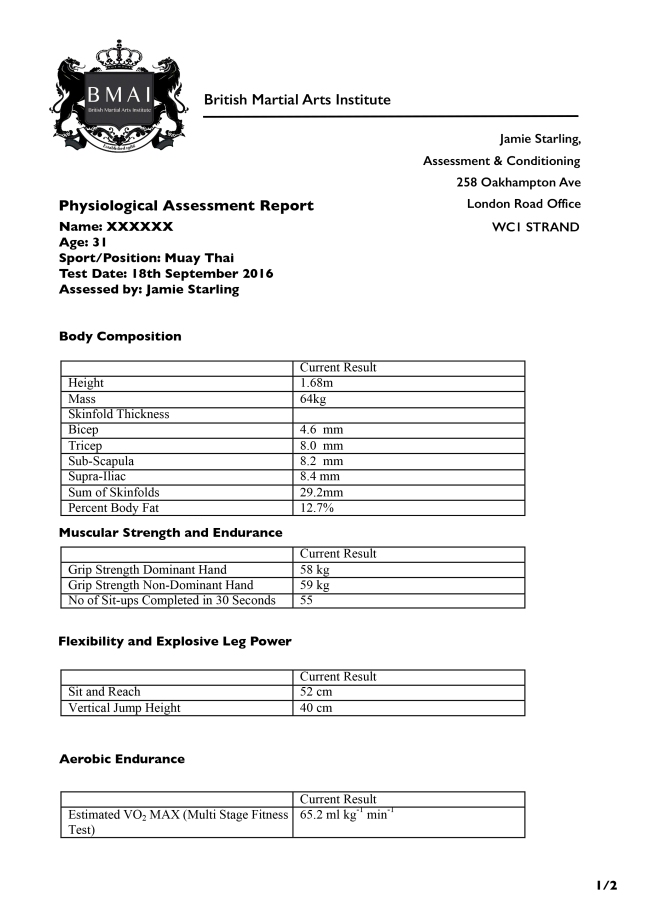For a long time I have been obsessed with ‘The Mysterious Package Company’ which can be found here: Mysterious Package Company.You can read more about the Mysterious package Company at their website or here. Their tag line ‘Stories you can Touch’, really caught me, and I was instantly interested to find out more about this idea of physical stories. Although a bit pricey, I ordered one of their bespoke story experiences for my partner (The Weeping Book) and waited. We were not disappointed. A month later, a nailed shut wooden crate arrived, addressed to my partner who had no idea what this was or that it had been ordered for him (something that the company suggests for an authentic feel). And then began our journey. I wont spoil the story or go into detail about what was inside the package, but what I will say is that the package managed to balance the art of theatre with beautifully made props alongside the powerful engagement factors of mystery and storytelling, in order to deliver an experience that was quite unlike anything Ive ever experienced before. We are still trying to work out the puzzles that are so wonderfully hidden within the story and props, and the experience has given us lots to talk about.
My mind instantly thought of the work that we had been doing on escapED and how these experiences played with very similar themes (puzzle solving, story, props and the feeling of being involved in something much larger). I also thought on the theories surrounding the use of object play and storytelling play for children, and realised that experimenting with this type of method might have some interesting findings and outcomes for adult play at the level of University education (an area where the ideas of play are desperately needed more!). The three main things that really stood out for me though with ‘The Weeping Book’ and made me sit up and think.. this is where we should be developing our ideas, were the following thoughts:
1. this idea that the experience arrived out of nowhere, my partner didn’t know if this was real or not and I found this really powerful. The not knowing felt like an ARG but with a greater pull. I began to think how could we harness this for education? It felt so powerful, and I was immediately hooked when the crate arrived without warning!
2. the experience seems to keep giving. The more you look into it, the deeper the rabbit hole goes. Puzzles that weren’t there before, suddenly emerge, or you think about something in a slightly different light and boom! Mind blown! It offered a longer experience that we could come back to at any point.
3. I never knew this idea of non-digital transmedia storytelling existed (id seen digital transmedia but never this idea of using real props), but I instantly fell in love with the idea. I felt that it brought together all of the elements of game design, narrative design and theatre that I have always loved. I felt like a child again, uncovering some big Enid Blyton mystery!
So bewilderED was born. A spin off of the escapED series, this was to be the educational version of ‘The Mysterious Package Company’, at least in my head!
So with much enthusiasm, I explained the premise of the project to a colleague of mine, Michael Duncan, Professor of Exercise Science at Coventry University. Luckily, he was also super excited about using this method with some of his Master’s students. He had already developed and was teaching a module that asked the students to look over a fake sports personalities information and data in order to come up with a sports conditioning recommendation for them. The students at the end of the module are asked to present their recommendations via a 15 minute presentation to a fake company who ‘commissioned’ the students to deliver this information. Since the structure was already there, we decided to adapt this module to fit with the bewilderED method so we could compare the data of the new version with the previous version.
Following the main concept used by ‘The Mysterious Package Company’, the idea that things are delivered through the mail and randomly turn up somewhere from unknown sources, was something that I wanted to try and emulate as much as possible. We decided that the materials were going to be delivered to the students classroom, seemingly from different outside sources, over a 4 week period in the following setup.
Week 1: Introduction to the students of the module by Professor Duncan. To start the illusion that the students were going to be experiencing working with real companies and the element of mystery around the materials and companies involved, we had the students sign an NDA (Non-Disclosure Agreement) that they would not discuss any personal information regarding what they would see and experience within the next few weeks.
Week 2: The first pack would arrive. Addressed to Mike, the contents held a letter from the British Martial Arts Institute (false company), with instructions detailing what they wanted the students to do (provide a recommendation via presentation) and a physiological assessment report with ‘data’ for the BMAI’s ‘client’.

The pack also indicated that they would be shortly contacted by the BMAI’s sister company: Power Prime Labs.
Week 3: The second pack to arrive was from the sister company ‘Power Prime Labs’. This company was responsible for providing the ‘client’ with supplements. A letter contained in the pack, detailed how they would like the ‘client’ to use the supplement ‘NITRO-Train’, and promised enhanced performance. Alongside this letter was a flyer for NITRO-Train and a sample pack of the NITRO-Train supplements (completely safe for the students to consume, made up by Professor Duncan).

Week 4: The third and final pack to be delivered, would be slightly different from the previous two packs. Contained in a plain envelope, a usb stick containing videos of a Muay Thai fight and an interview between a Trainer and a Muay Thai fighter. The videos and interview, would all contain information that alluded to the idea that the fighter was struggling with certain things; psychological issues, training issues, problems with supplements etc). Unlike the previous two packs that obviously came from corporations, this pack had underlying hints that it may have come from the fighter themselves. A cry for help almost.
Week 5: Students are asked to present their findings and overall recommendations to the BMAI company regarding their Muay Thai client. The students believe that a good presentation might land them a real job at this company.
Following the rundown of the packages each week from the different ‘sources’, it was hypothesised that the students should face some challenging ethical issues. They should believe that they are in with a chance of achieving a real job from the BMAI if they present a good client recommendation. However, based on the information they are given, they will need to make a choice about whether they report that the client shouldn’t necessarily take Power Prime Labs supplements (BMAI’s sister company) based on the final packs information.
How the students present their information, and how they’ve thought about the overall welfare of the ‘client’ will all lead to their final grade from the module. The narrative of the ‘client’ and their relationship to the companies, BMAI and Power Prime Labs, provided through the packs is vague and shrouded in mystery enough to allow the students to make their own conclusions as to what they believe the real motivations of each fictional player in this module is. Used alongside the element of props that they can use, feel and believe are real artefacts, a level of believability was hopefully added to the whole performance.
Currently we are in Week 3 of the experiment. Reports so far have indicated that students have shown assertiveness in leadership in their groups and are inquisitive to the packages that are being ‘delivered’. The students have also tried the ‘NITRO-Train supplements, with some reporting that they feel an increase in their performance (these supplements are placebo pills with no effects).
Following the end of the module, our plan is to run a focus group at the end of the project to report on overall student opinions and feedback. We are planning to focus on various areas such as motivation, engagement, power of mystery, the use of story, use of props and the illusion of reality. I am really looking forward to seeing whether this method of delivering a module, actually encouraged active participation within the students and if so, what were the elements that they found to be the most powerful in their learning experience. Once we have the data we are planning to publish this further, and if we find successful results, we are planning to adapt this method further for other subject areas as well as other ares of Exercise Science.

